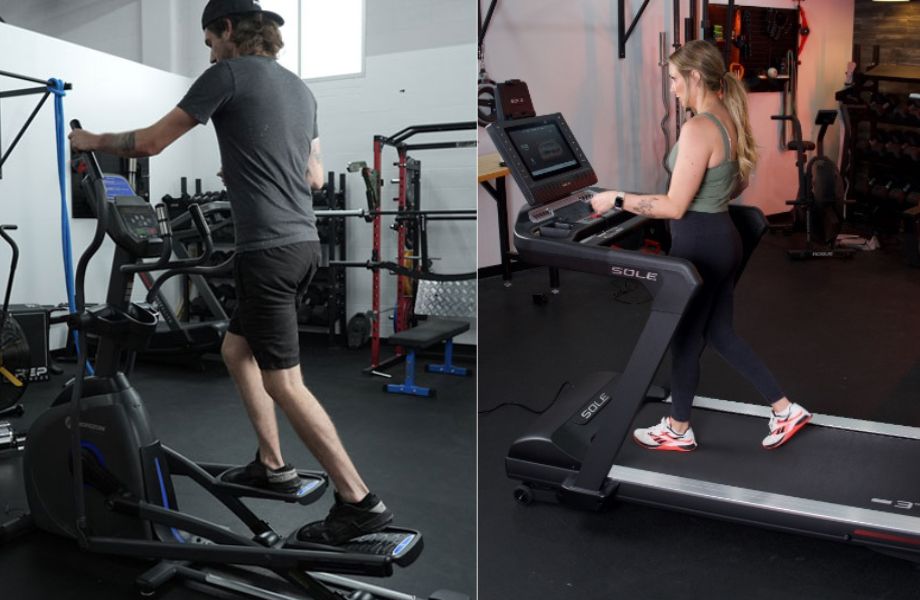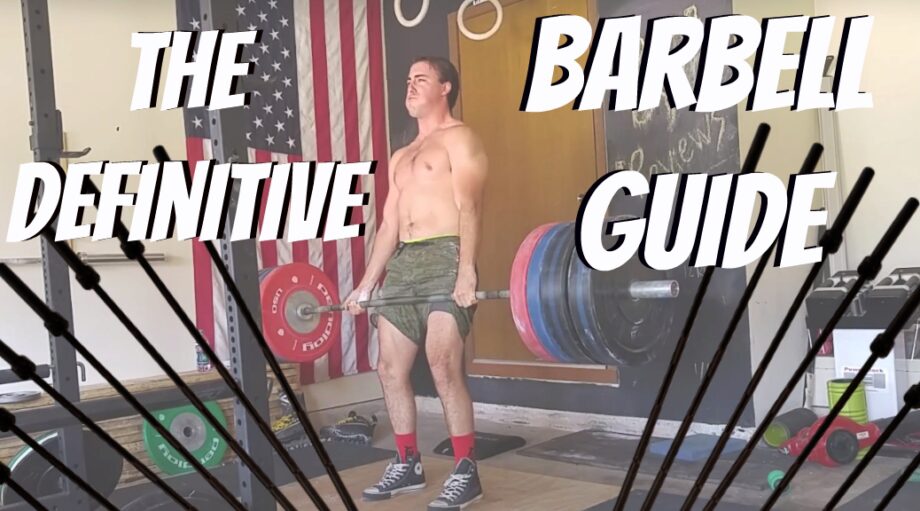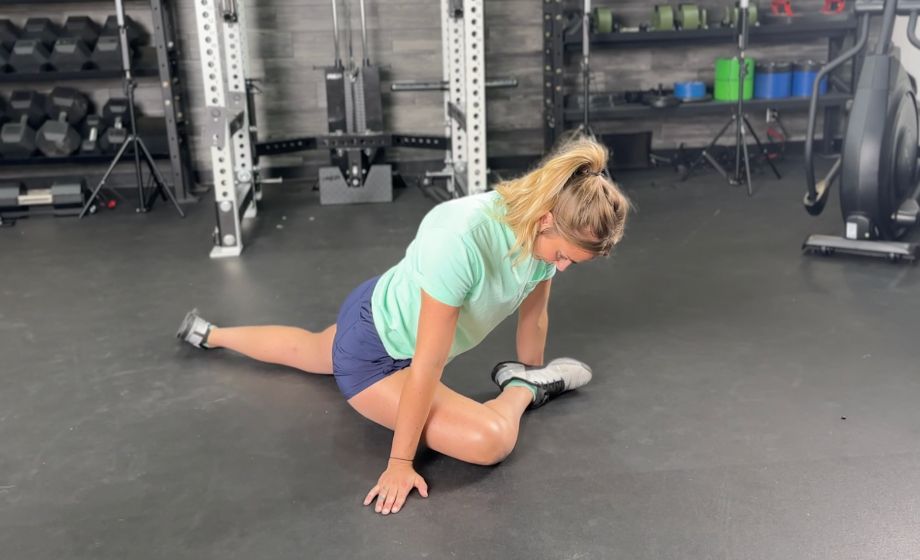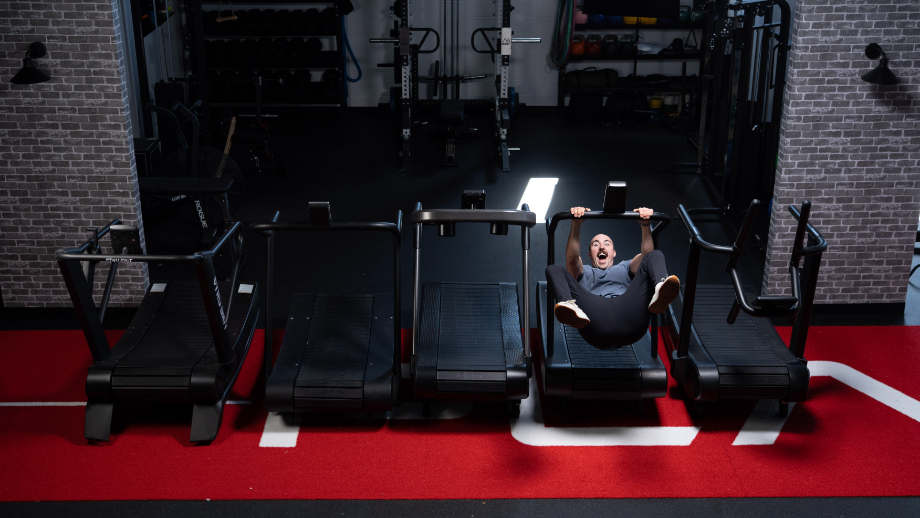Choosing the best cardio machine can feel like stepping into an arena where two titans of fitness equipment battle it out for supremacy. On one side stands the cross trainer, known for its smooth, low-impact gliding motion that engages your upper- and lower-body muscles in a harmonious dance. On the other side stands the treadmill, the undisputed champion of high-impact, calorie-burning workouts that mimic the natural strides of walking, jogging, and running.
As a certified personal trainer (CPT) who’s helped countless clients lose fat and get in better shape, I can vouch for how these machines can transform your workout routine and physique. To help you navigate the cross trainer vs treadmill battle, I’ll break down the unique benefits of each machine, explore their key differences, debunk common myths, and more.
RELATED: Treadmill Vs Rowing Machine
So, whether you want to torch calories, improve your cardiovascular health, or simply enjoy a low-impact cardio workout, get ready to level up your knowledge about treadmills and cross trainers one step (or stride) at a time.
Quick Look: Cross Trainer Vs Treadmill
The cross trainer, also known as an elliptical, offers a low-impact, full-body workout that engages both your upper and lower body muscles. Conversely, the treadmill provides a high-impact, lower-body-focused workout that’s ideal for those looking to improve running stamina and burn calories through intense cardio sessions.
Who Should Use a Cross Trainer
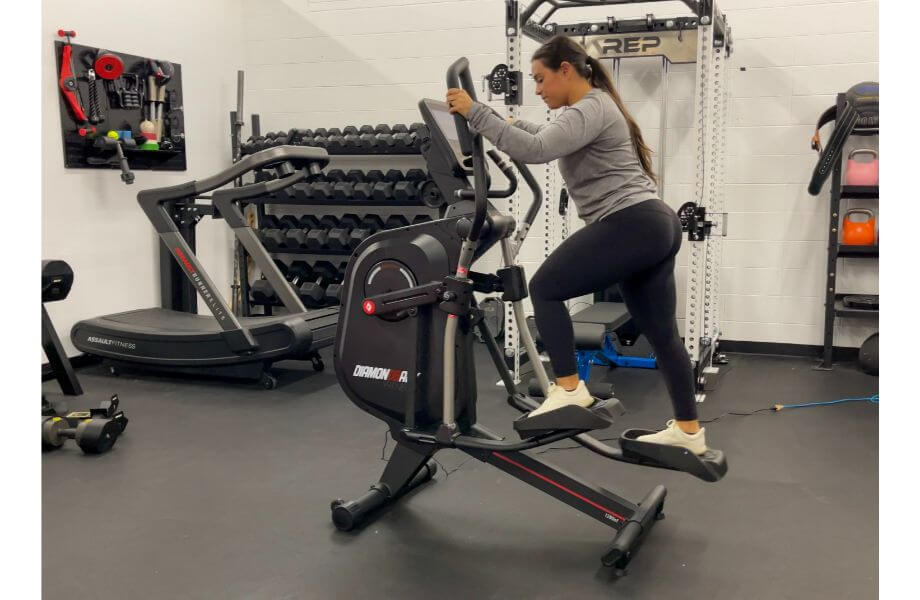
- Individuals with joint issues or recovering from injuries: The cross trainer’s low-impact nature is joint-friendly, making it suitable for those with arthritis or joint issues or people recovering from injuries.
- Beginners looking for a gentle introduction to cardio: The cross trainer’s adjustable resistance and smooth motion make it ideal for new exercisers, providing a controlled and comfortable workout environment.
- People seeking a full-body workout: The cross trainer’s moving arm handles allow for upper-body engagement, providing a comprehensive workout that can help tone both your arms and legs.
- People aiming for a low-impact exercise to reduce the risk of injury: The elliptical motion of the cross trainer minimizes stress on the knees, hips, and back, making it a safe option for long-term use.
- Fitness enthusiasts interested in a versatile cardio machine: With features like reverse pedaling and varying resistance levels, the cross trainer offers a wide range of workout options to keep routines dynamic and effective.
RELATED: How to Prevent Knee Pain From Elliptical Training
Who Should Use a Treadmill
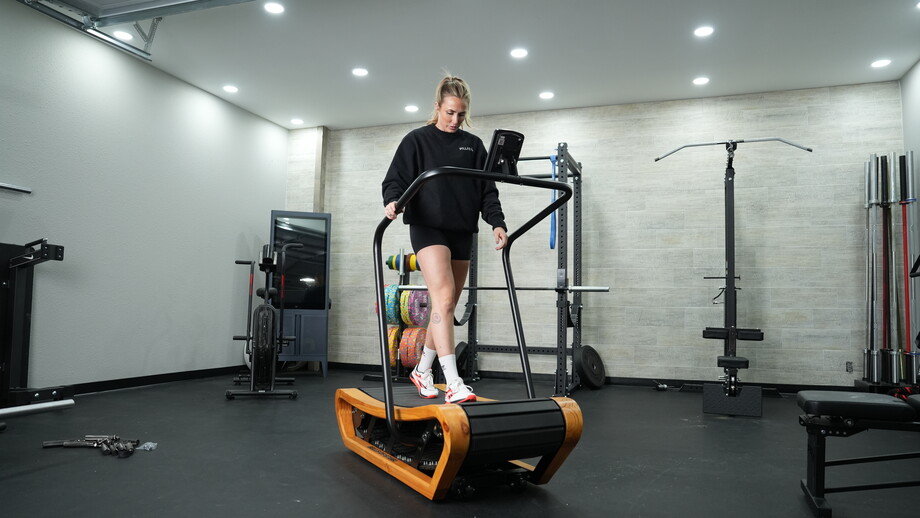
- Runners and walkers looking to train indoors: Treadmills provide an excellent platform for running and walking workouts, simulating outdoor conditions with added control over speed and incline.
- Individuals aiming for high-intensity interval training (HIIT): The machine’s adjustable speed and incline settings make it perfect for HIIT workouts, allowing for quick transitions between different intensity levels.
- People focused on improving lower body strength and endurance: Running or walking on a treadmill effectively targets your leg muscles, including your quadriceps, hamstrings, glutes, and calves, helping to build strength and stamina.
- Those looking for an effective weight-loss tool: Treadmills are highly effective for burning calories, especially during high-intensity aerobic workouts, making them a great choice for those focused on weight loss.
RELATED: Best Treadmill Workouts for Weight Loss
Cross Trainer Vs Treadmill: What Are They?
Before breaking down the key similarities and differences between these two popular pieces of cardio equipment, let’s give a quick overview of how each one works.
Cross Trainer
The cross trainer, or elliptical machine, is designed to provide a smooth, low-impact workout. With moving arm handles and pedals that follow an elliptical motion, this machine engages both the upper and lower body. Cross trainers typically range in price from $500 to $3,000, depending on the features. They are generally compact, making them suitable for home gyms with limited space.
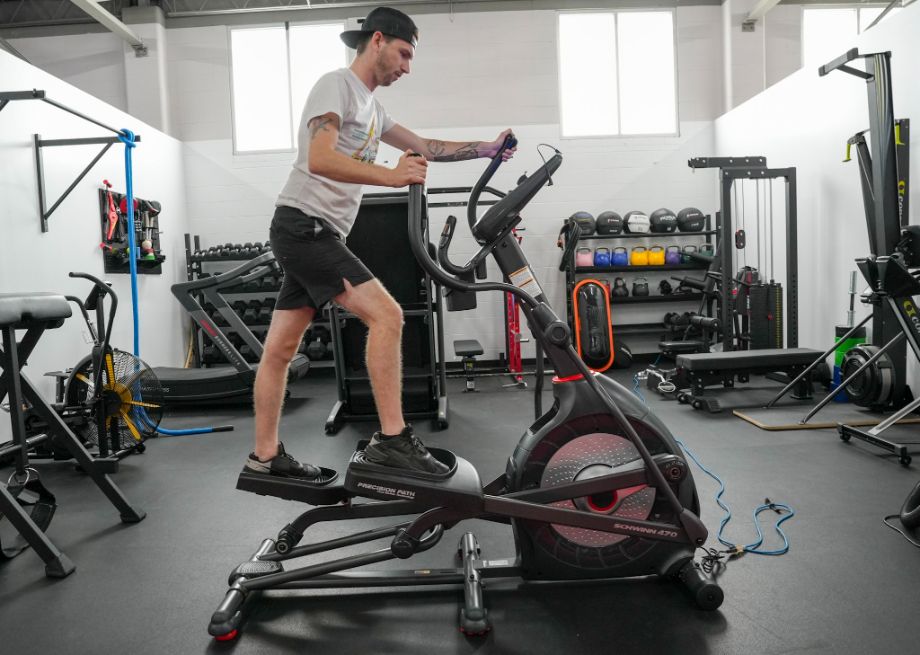
RELATED: Arc Trainer vs Elliptical
Treadmill
A treadmill is a versatile cardio machine that simulates walking, jogging, or running. It features a moving belt on which users can adjust the speed and incline to vary their workout intensity. Treadmills usually cost between $600 and $5,000, depending on the model and features. They are larger than cross trainers and often require more space, but foldable options are available for those with limited room.
RELATED: Best Folding Treadmills
Key Similarities Between a Cross Trainer and a Treadmill
Both the cross trainer and treadmill are effective pieces of exercise equipment that can significantly improve your cardiovascular fitness and help with weight loss. Here are some similarities between the two:
Both Engage Your Lower-Body Muscles
Whether you choose a cross trainer or treadmill, you can look forward to a challenging workout that engages muscle groups, primarily your glutes, quads, calves, and hamstrings. Developing lower-body muscular strength and endurance will set you up for success when it’s time to pump iron, as your body will be better conditioned to excel in lower-body strength training movements like the back squat and lunges.
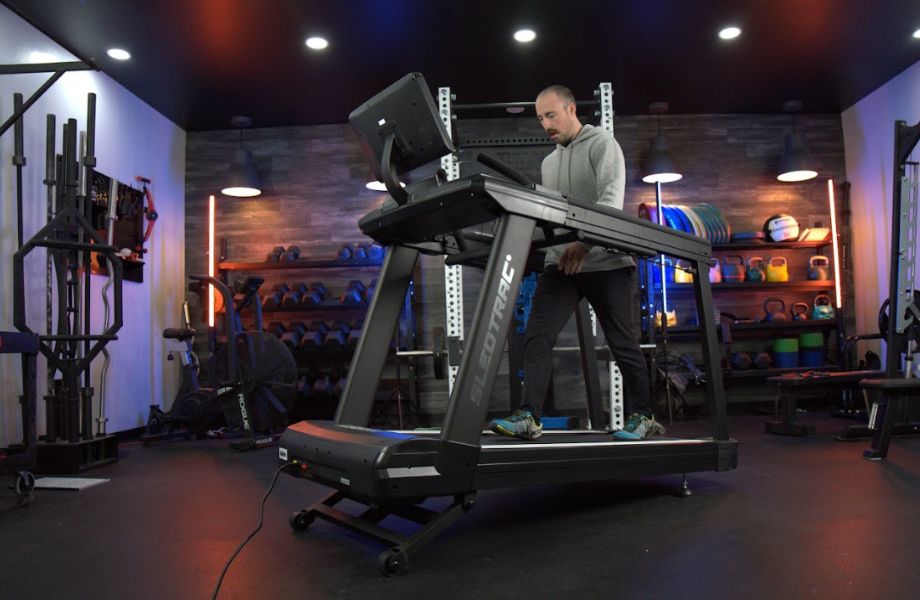
RELATED: Best Leg Exercises
Both Have Adjustable Intensity Levels
Both machines offer adjustable intensity levels. Treadmills allow for speed and incline adjustments, while cross trainers provide varying resistance levels. This versatility makes them suitable for users of all fitness levels, from beginners to advanced athletes.
Both Provide an Effective Cardiovascular Workout
Both the cross trainer and treadmill provide a direct pathway to reap the benefits of cardiovascular exercise. These machines elevate your heart rate, which promotes better blood circulation and oxygen delivery. Research shows that aerobic exercise supports:
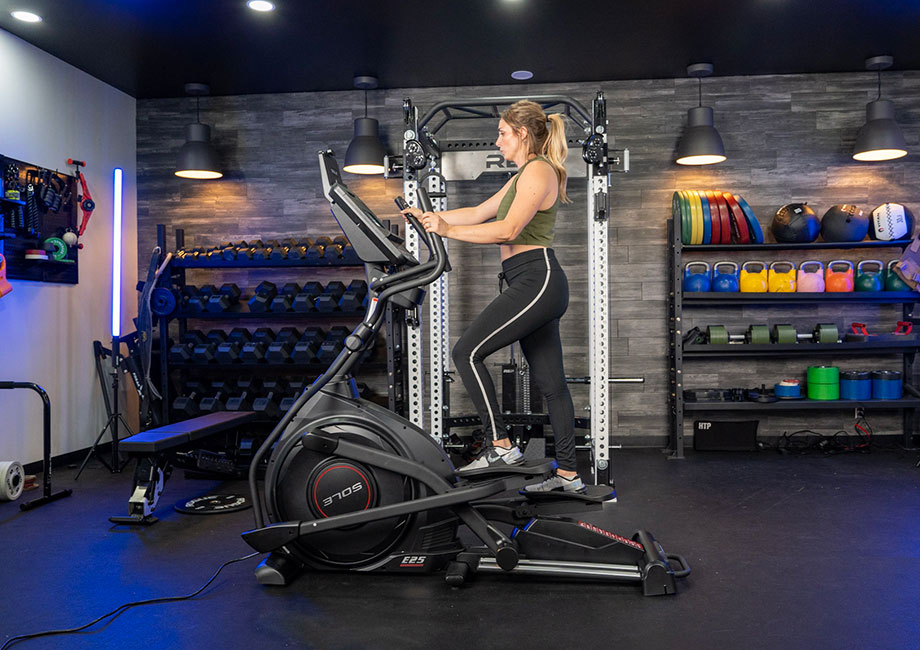
RELATED: Beginner Cardio Workouts
Both Are Suitable for Home Gyms
Both machines can be effectively used in a home gym setting. While treadmills tend to be larger, foldable models allow you to preserve valuable real estate to perform other exercises. Cross trainers are generally more compact, making them ideal for smaller spaces.
Both Help Burn Calories
No matter which machine you choose, you can look forward to burning quite a few calories during your cardio session. According to the Omni Calculator created by Joanna Michalowska, Ph.D., and Dominika Smialek, Ph.D. candidate, a 190-pound person going at a moderate pace can burn about 443 calories in 30 minutes of elliptical training.
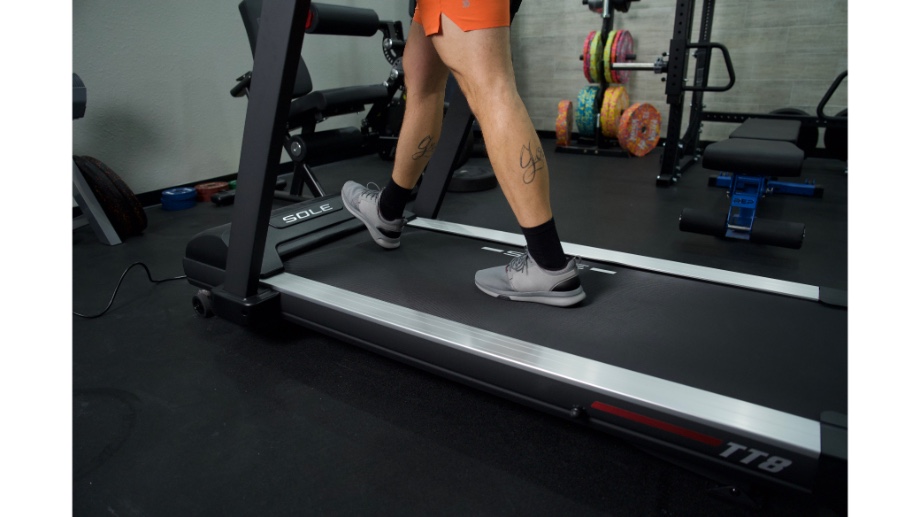
Meanwhile, according to the American Council on Exercise’s (ACE) physical activity calorie counter, that same person can burn about 344 calories in 30 minutes of jogging at a 5 mph pace. Ramping up the pace just 1 mph more would result in an impressive calorie burn of 430.
RELATED: Activities That Burn the Most Calories
Important Differences Between a Cross Trainer and a Treadmill
While the cross trainer and treadmill share some similarities, they differ in several ways. These differences can influence your choice based on your fitness needs, available space, budget, and other key factors.
Impact on Joints
The cross trainer’s low-impact nature is gentler on your joints than the treadmill’s. This makes it a better option for those with joint pain or injuries. Treadmills, however, can exacerbate joint issues due to the high-impact nature of running or walking.
Workout Intensity
Treadmills generally provide more intense workouts, especially when running at high speeds or using the incline feature. This makes them ideal for high-intensity interval training (HIIT) and burning more calories in a shorter time.
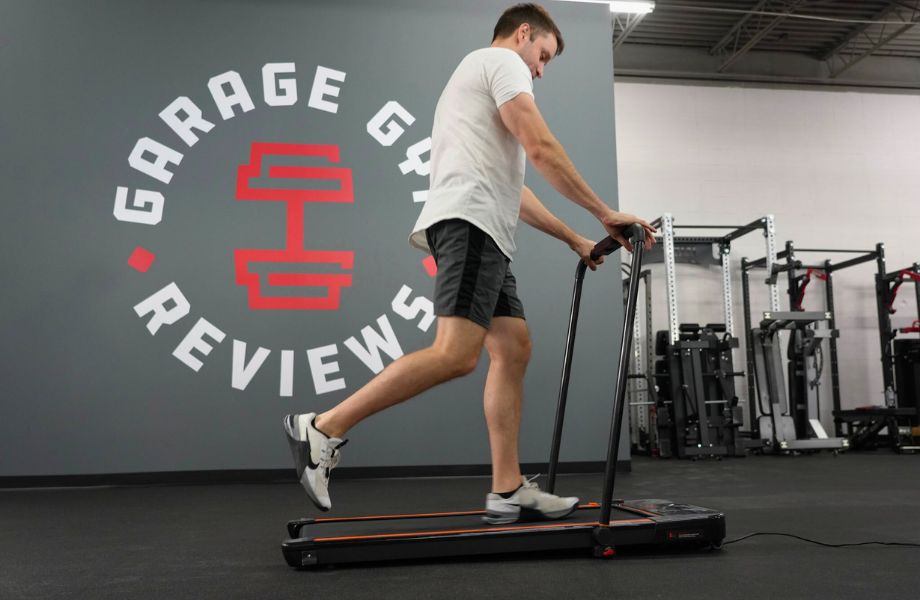
RELATED: 30-Minute Treadmill Workout
Muscle Engagement
The cross trainer offers a full-body workout by engaging upper- and lower-body muscles. In contrast, the treadmill primarily targets the lower body, including the quads, hamstrings, and calves.
Space Requirements
Treadmills typically require more space compared to cross trainers. However, they offer a wide range of features and settings. Cross trainers are more compact, making them a practical choice for home gyms with limited space.
RELATED: Best Compact Ellipticals
Price Range
Cross trainers are often more affordable than treadmills, with basic models starting around $200 to $500 and high-end models reaching up to $3,000. In contrast, treadmills typically start at a higher price point, with entry-level models ranging from $500 to $1,000. Premium models featuring robust motors, interactive displays, and incline/decline options can cost between $1,500 and $5,000 or more.
RELATED: 7 Best High-End Treadmills
Dimensions
Cross trainers typically have a more compact footprint, with lengths ranging from 4 to 7 feet and widths of about 2 to 3 feet. Considering the stride and presence of handles, the height of a cross trainer can range from 4 to 6 feet.
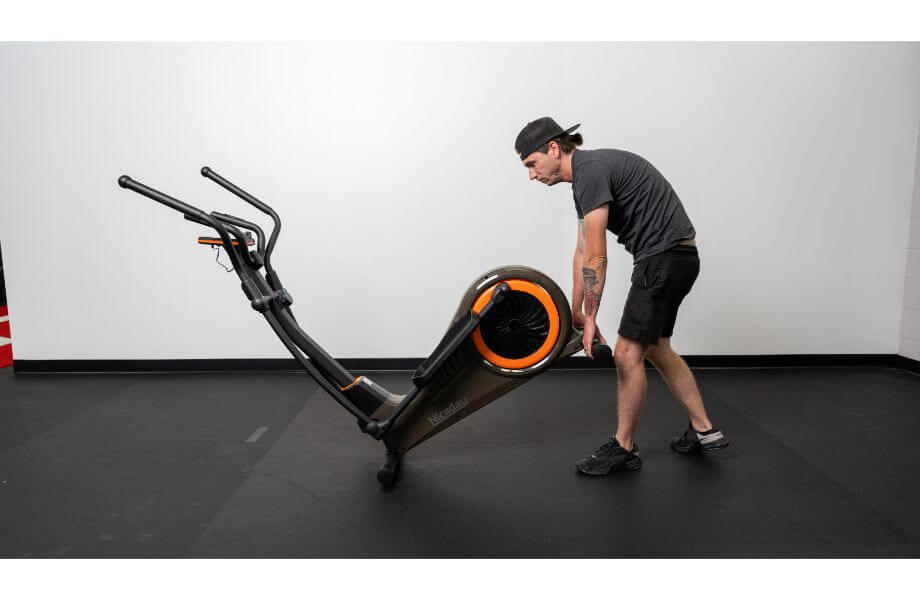
On the other hand, treadmills usually require more floor space due to their design and the need for a running belt. They commonly measure between 5 to 7 feet in length and 2 to 3 feet in width. The height of a treadmill, including the console, can range from 4 to 6 feet. Additionally, treadmills need extra clearance around them for safe use, often making them more demanding regarding space requirements than cross trainers.
RELATED: The Best Ellipticals for Home
Common Myths About Cross Trainers and Treadmills
Unfortunately, some misconceptions about cross trainers and treadmills need to be debunked.
Myth 1: Treadmills Are Only for Runners
Many people believe that treadmills only benefit runners, but this is far from the truth. Treadmills can be used for walking, jogging, and even incline walking, making them versatile enough for users of all fitness levels. They’re particularly excellent for beginners who want to start with walking and gradually increase their intensity to running.
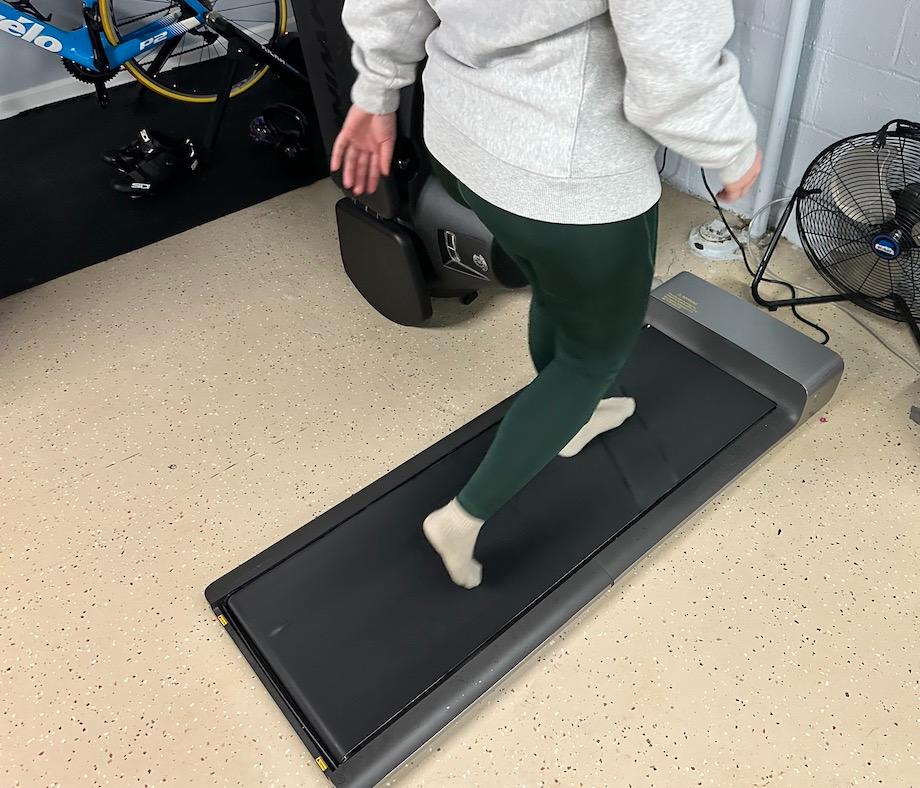
RELATED: Running Statistics and Facts
Myth 2: Cross Trainers Are Ineffective for Weight Loss
Some think cross trainers are ineffective for weight loss because they’re low-impact. However, cross trainers can be incredibly effective when used consistently and with proper resistance settings. The full-body engagement helps burn calories and engage multiple muscle groups, which can help support our weight-loss efforts.
RELATED: Elliptical Workouts For Weight Loss
Myth 3: Treadmills Cause Joint Injuries
While treadmills are high-impact, modern treadmills come with advanced shock absorption features that help reduce the impact on joints. Additionally, using proper running shoes and maintaining good form can prevent injuries. To avoid joint issues, it’s essential to listen to your body and not push beyond your limits.
RELATED: Best Running Shoes
Myth 4: Cross Trainers Don’t Build Muscle
There’s a misconception that cross trainers don’t help in building muscle. In reality, cross trainers offer various resistance levels and reverse pedaling options that target different muscle groups. This allows for effective muscle engagement and strength building.
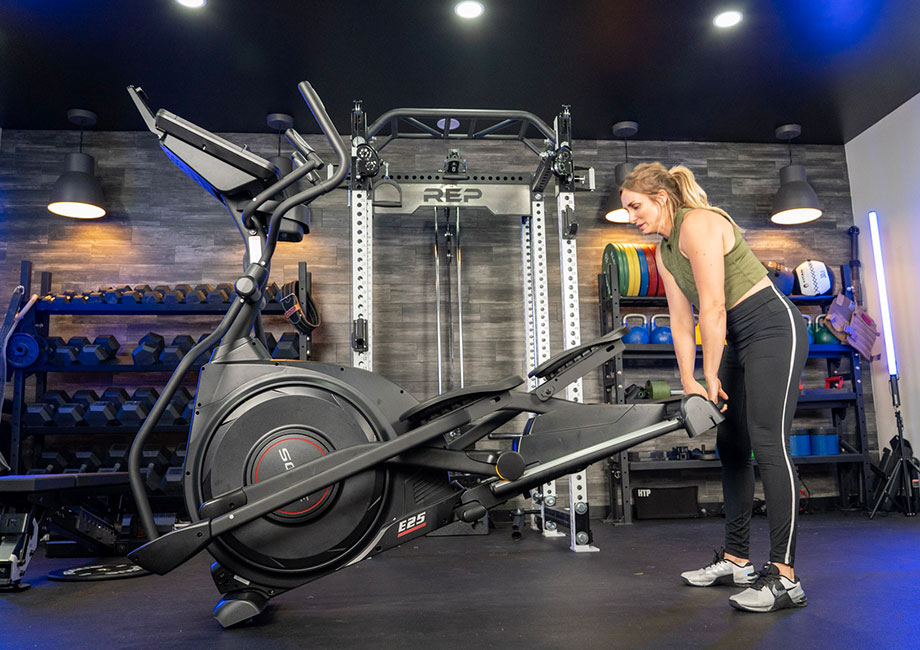
If you want to make #gains on a cross trainer, opt for HIIT workouts over lower-intensity sessions. According to a 2023 study5, HIIT promotes increases in lean mass, maximal strength, and power. I’d also recommend incorporating at least two or three resistance training workouts per week to support your muscle-building efforts.
RELATED: Does Cardio Build Muscle?
How To Choose Between a Cross Trainer and a Treadmill
When deciding between a cross trainer and a treadmill for your home gym, consider the following factors to ensure you make the best choice.
Fitness Goals
A treadmill may be more suitable if your primary goal is weight loss and building endurance through running or walking. A cross trainer is ideal if you seek a low-impact, full-body workout.
Joint Health
The cross trainer’s low-impact exercise is more suitable for individuals with joint pain or those recovering from injury. Meanwhile, treadmills can exacerbate joint issues if not used properly.
Workout Variety
Both machines offer varied workouts, but the treadmill is better for high-intensity training and running simulations. The cross trainer, with its ability to reverse pedal and engage the upper body, provides more muscle engagement options.
Space and Budget
When choosing between these machines, consider the available space and your budget. Cross trainers are generally more compact and slightly less expensive than treadmills, making them a practical choice for home gyms with limited space.
Cross Trainer Vs Treadmill: Final Thoughts
Choosing between a cross trainer and a treadmill ultimately depends on your fitness goals, joint health, available space, and personal preferences. As a personal trainer, I recommend trying both machines to see which feels more comfortable and enjoyable. Remember, the best cardio machine is the one you’ll use consistently and enjoy.
Whether gliding on a cross trainer or sprinting on a treadmill, each step brings you closer to a healthier, fitter you. Stay committed, stay active, and keep pushing toward your fitness goals one cardio session at a time!
Cross Trainer Vs Treadmill: FAQs
Is the elliptical better than a treadmill?
The elliptical is better for a low-impact, full-body workout, while the treadmill is superior for high-intensity, lower-body-focused cardio.
Which is more effective for building stamina, a cross trainer or a treadmill?
Both are effective for building stamina, but treadmills may be slightly better due to their high-intensity training capabilities.
RELATED: Stamina Vs Endurance
What are the benefits of using a cross trainer compared to a treadmill?
The cross trainer offers a low-impact, full-body workout, making it ideal for those with joint issues or seeking comprehensive conditioning.
What are the disadvantages of a cross trainer?
Disadvantages include potential maintenance needs and lower intensity for those seeking a more challenging workout.
Is a cross trainer good for losing weight?
Yes, a cross trainer is a good option for losing weight as it burns calories and engages multiple muscle groups. However, you must be in a calorie deficit to lose weight.
References
- Pinckard, K., Baskin, K. K., & Stanford, K. I. (2019). Effects of Exercise to Improve Cardiovascular Health. Frontiers in cardiovascular medicine, 6, 69. https://doi.org/10.3389/fcvm.2019.00069
- Kandola, A., Ashdown-Franks, G., Stubbs, B., Osborn, D. P. J., & Hayes, J. F. (2019). The association between cardiorespiratory fitness and the incidence of common mental health disorders: A systematic review and meta-analysis. Journal of affective disorders, 257, 748–757. https://doi.org/10.1016/j.jad.2019.07.088
- Dolezal, B. A., Neufeld, E. V., Boland, D. M., Martin, J. L., & Cooper, C. B. (2017). Interrelationship between Sleep and Exercise: A Systematic Review. Advances in preventive medicine, 2017, 1364387. https://doi.org/10.1155/2017/1364387
- Nieman, D. C., & Wentz, L. M. (2019). The compelling link between physical activity and the body’s defense system. Journal of sport and health science, 8(3), 201–217. https://doi.org/10.1016/j.jshs.2018.09.009
- Caparrós-Manosalva, C., Garrido-Muñoz, N., Alvear-Constanzo, B., Sanzana-Laurié, S., Artigas-Arias, M., Alegría-Molina, A., Vidal-Seguel, N., Espinoza-Araneda, J., Huard, N., Pagnussat, A. S., Sapunar, J., Salazar, L. A., & Marzuca-Nassr, G. N. (2023). Effects of high-intensity interval training on lean mass, strength, and power of the lower limbs in healthy old and young people. Frontiers in physiology, 14, 1223069. https://doi.org/10.3389/fphys.2023.1223069


